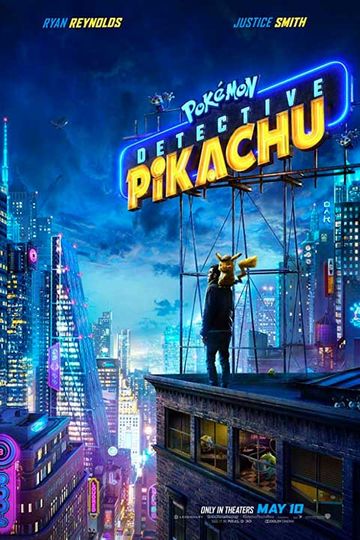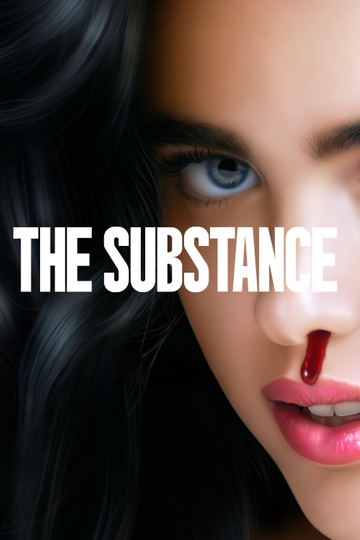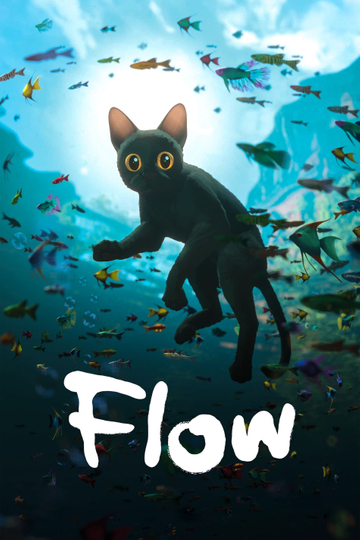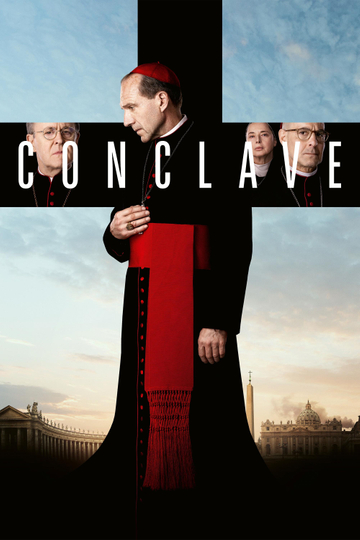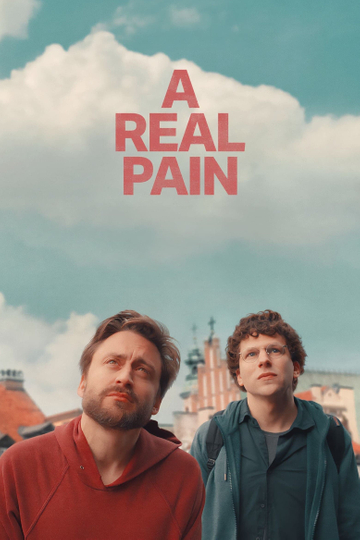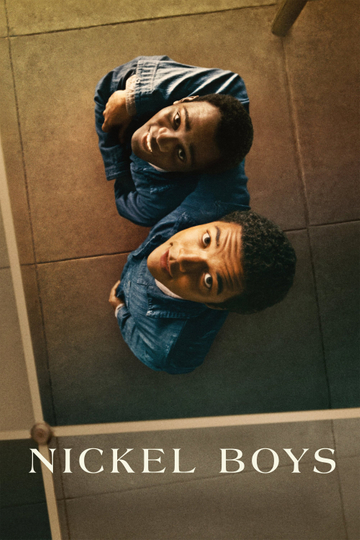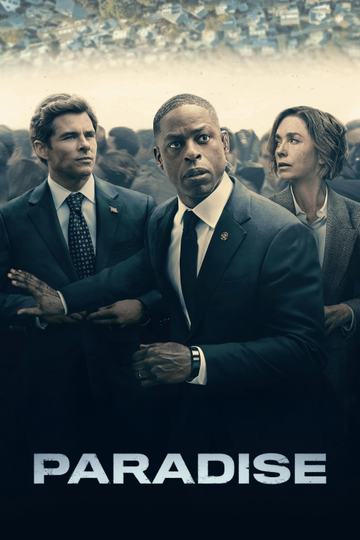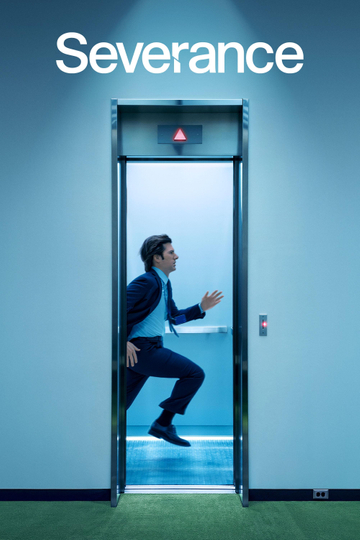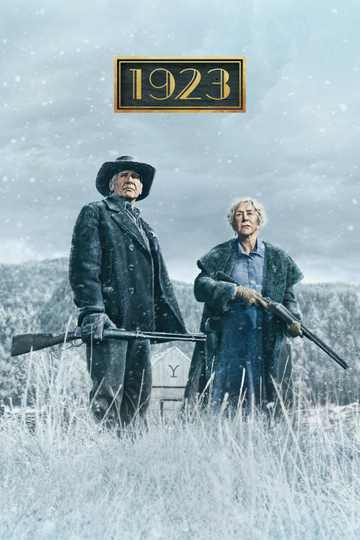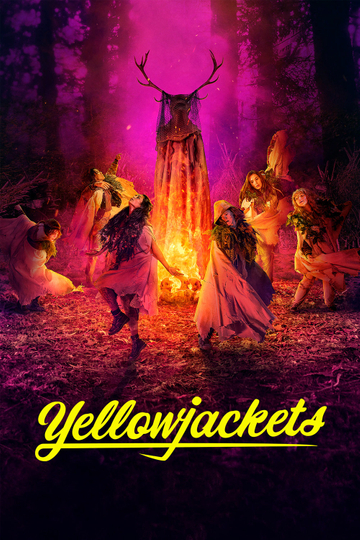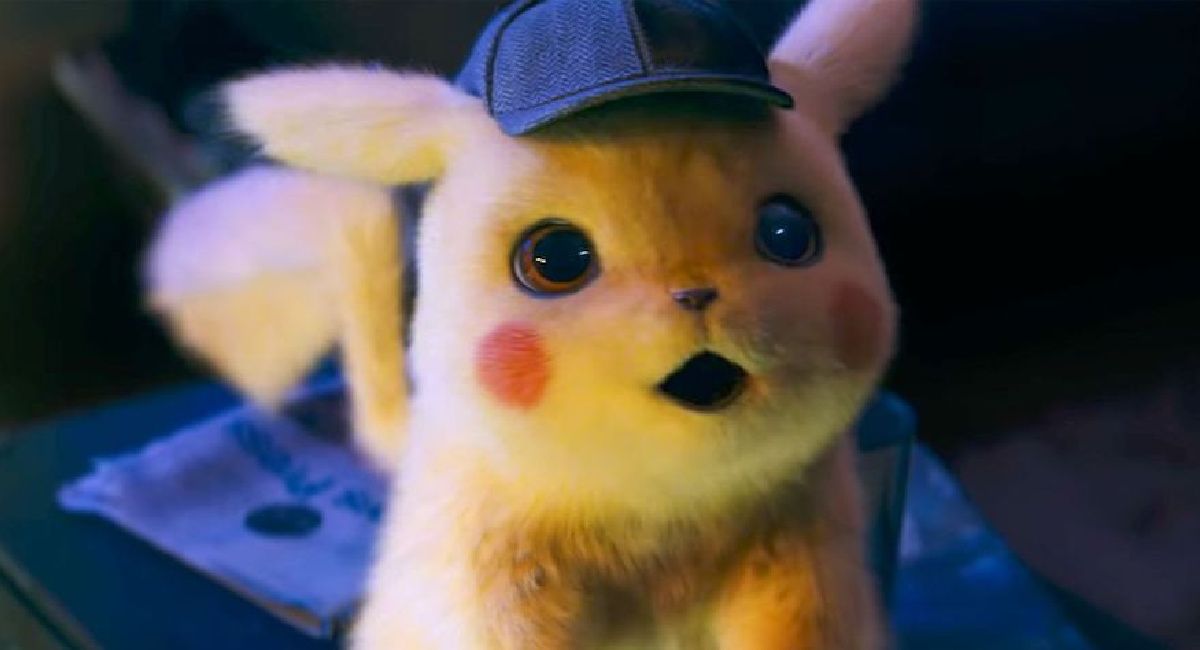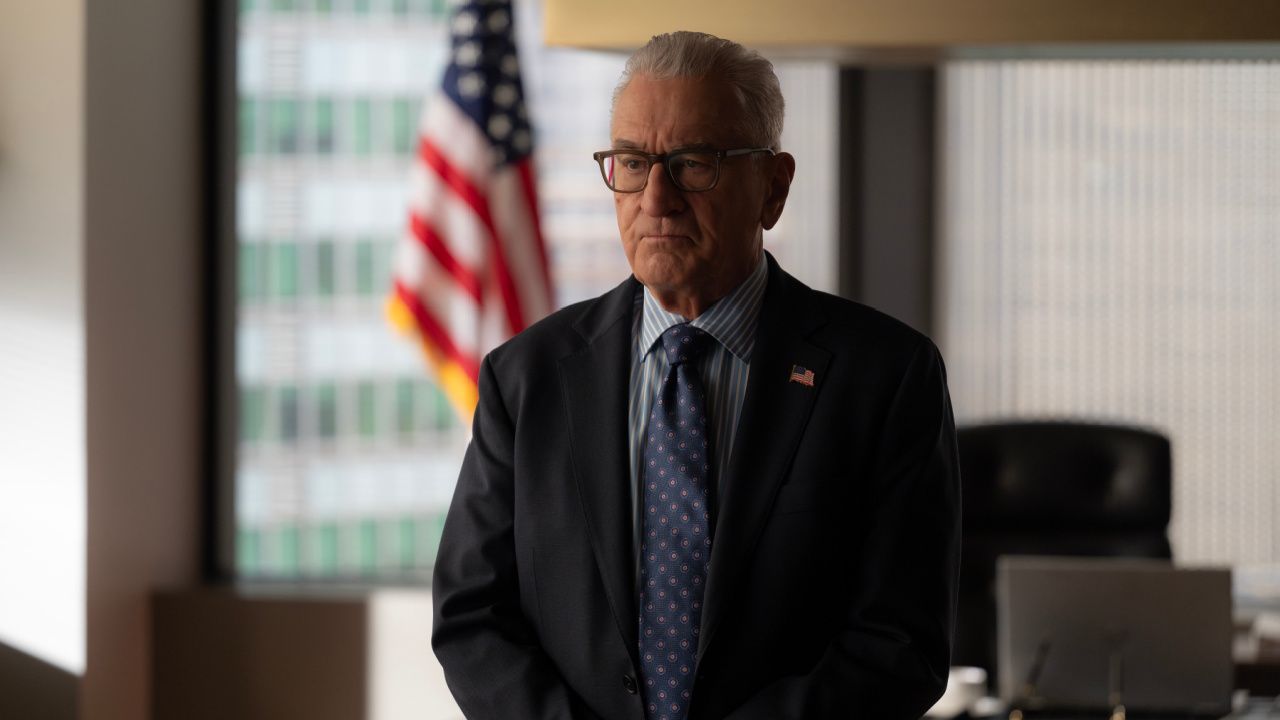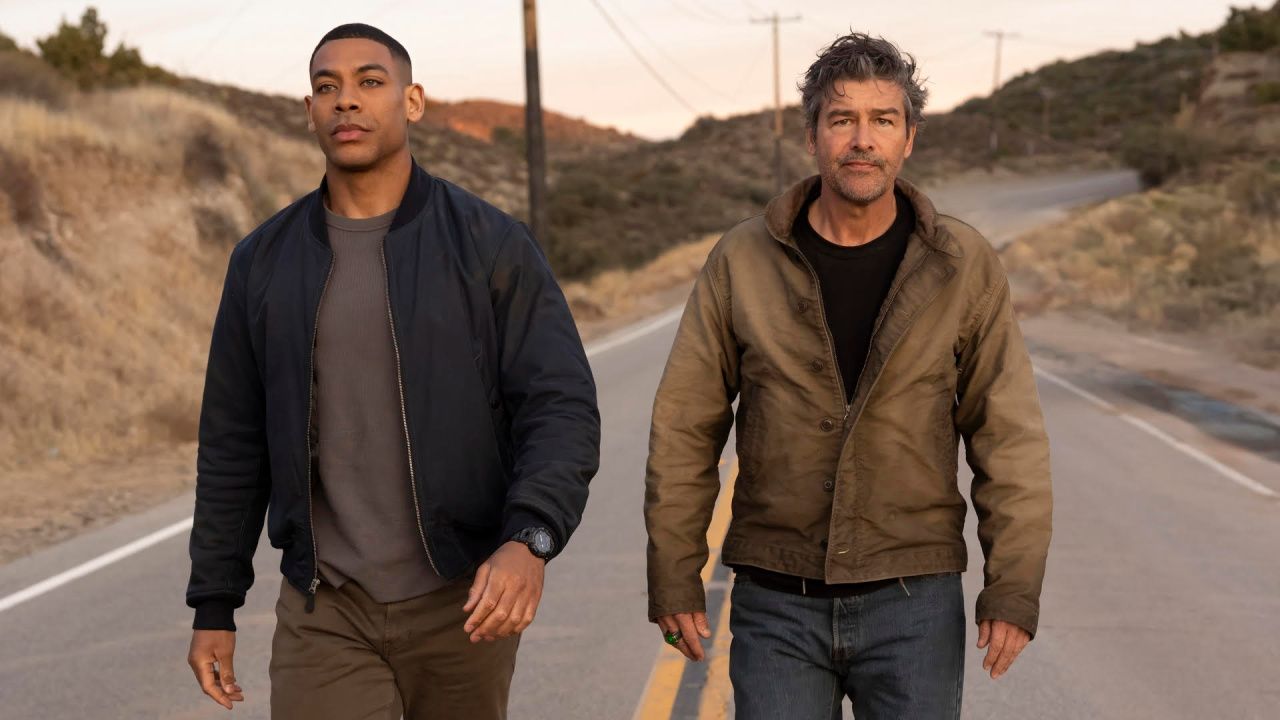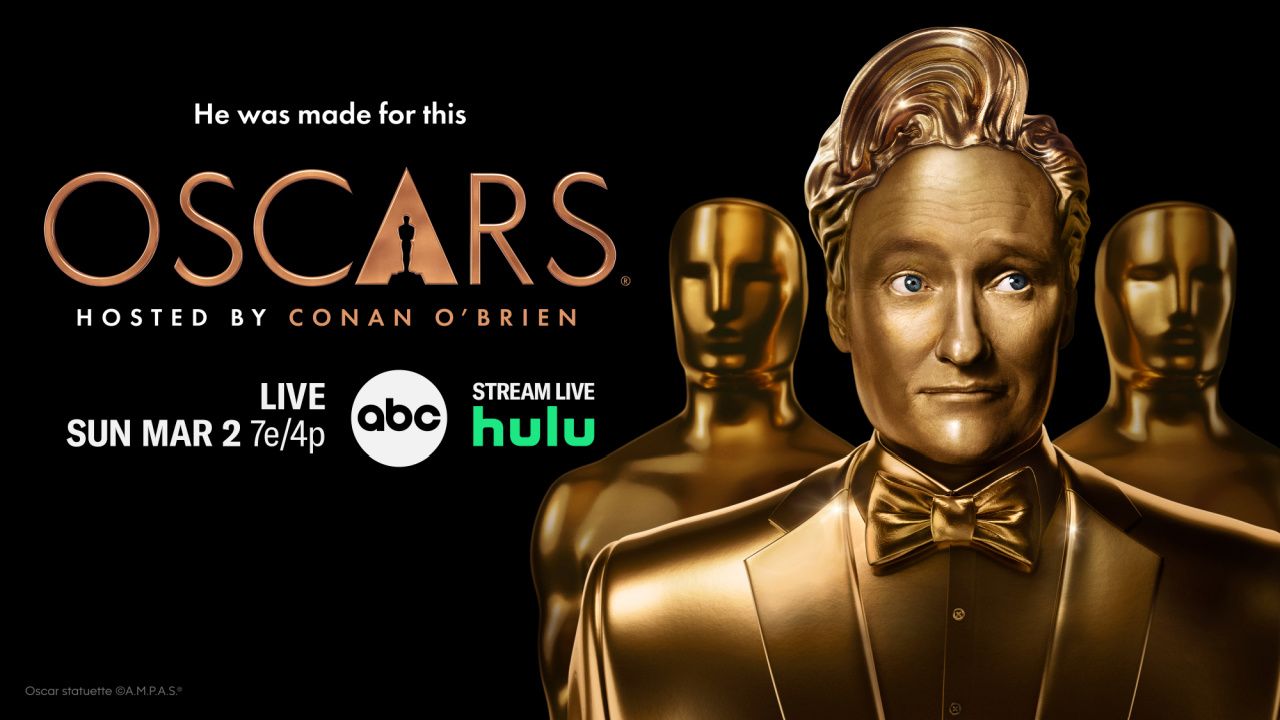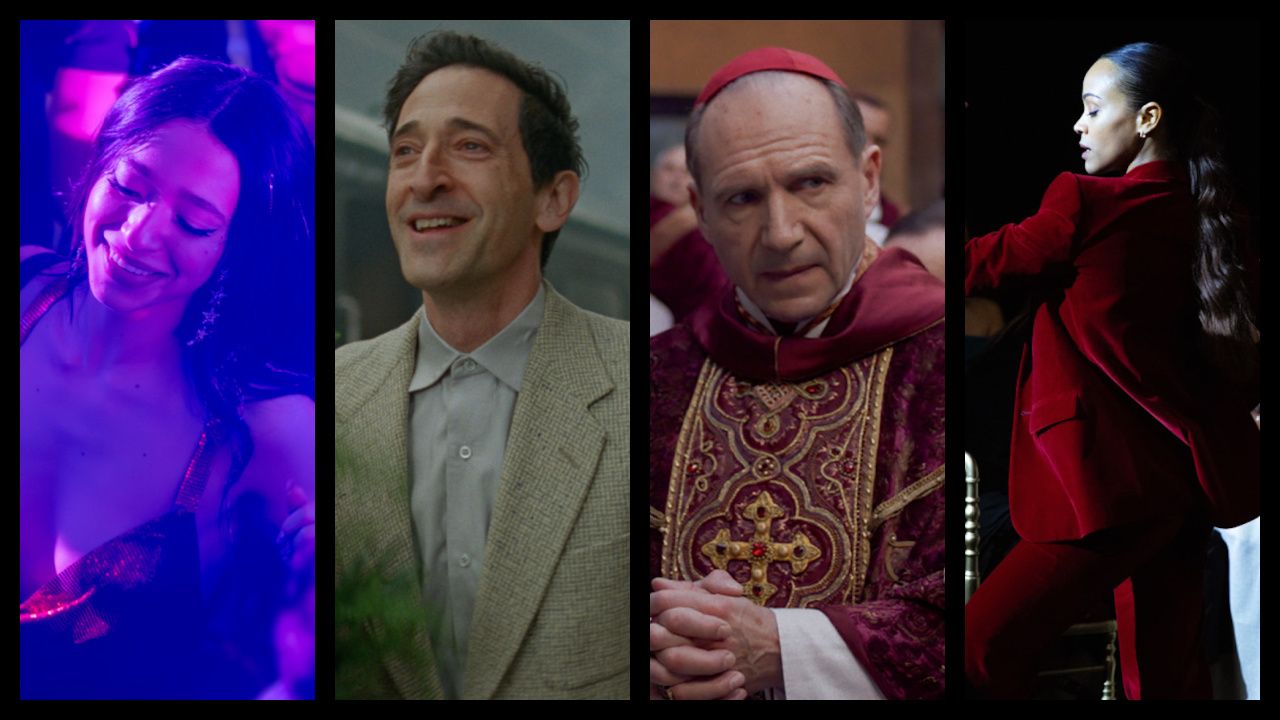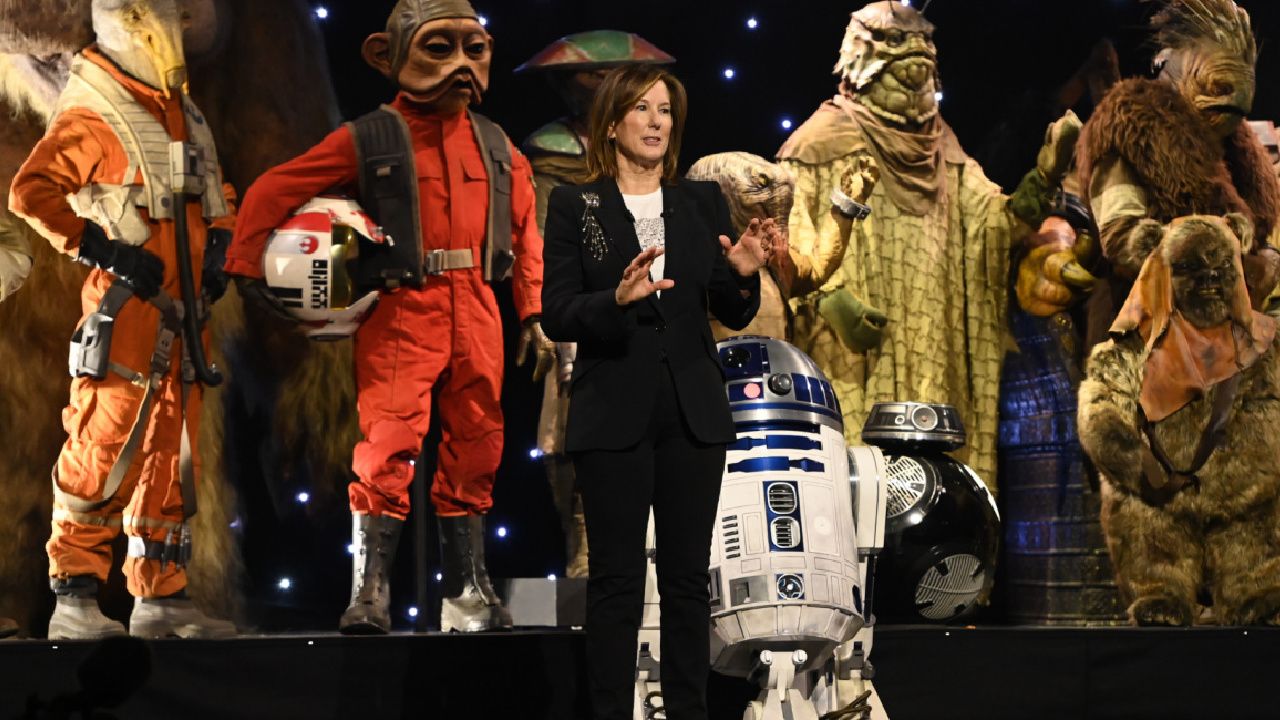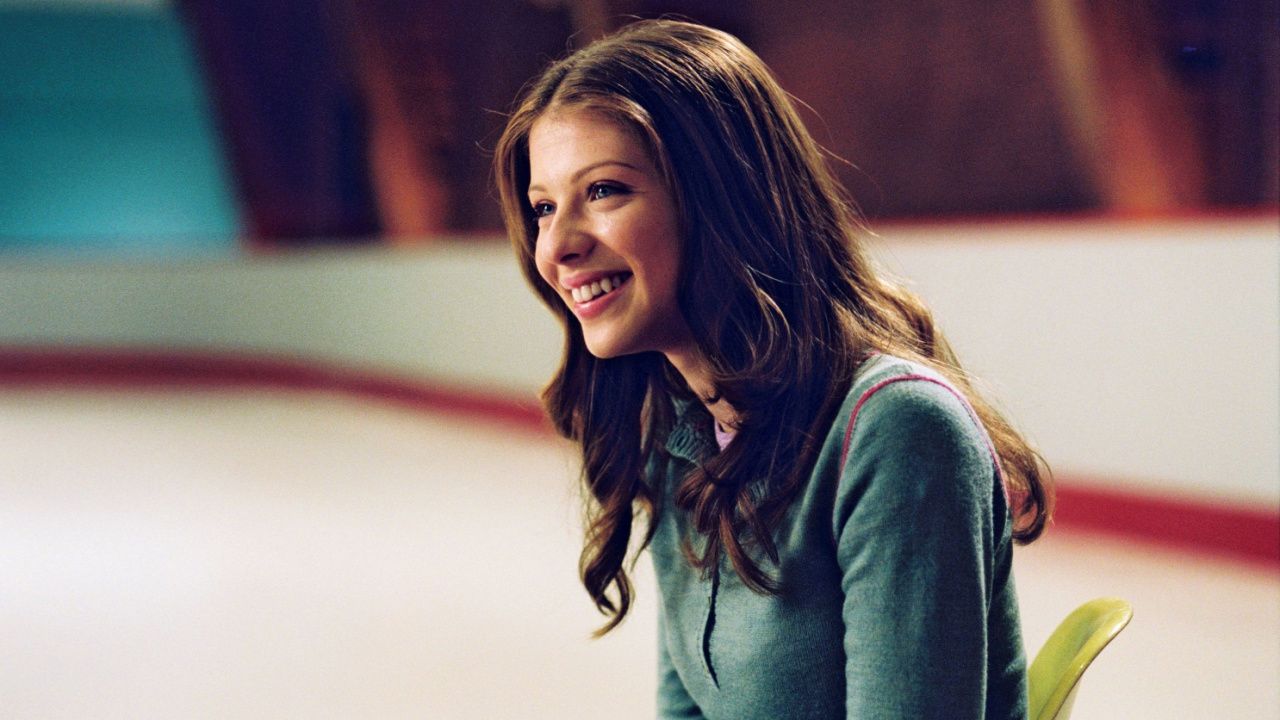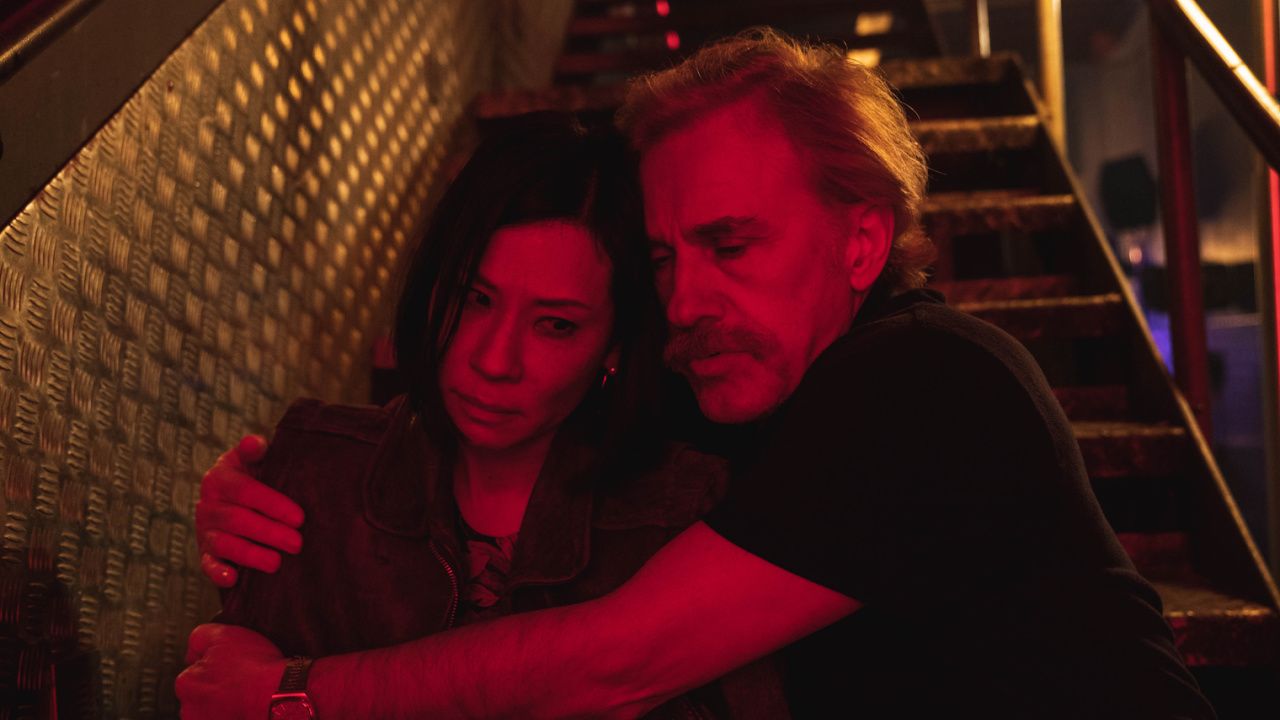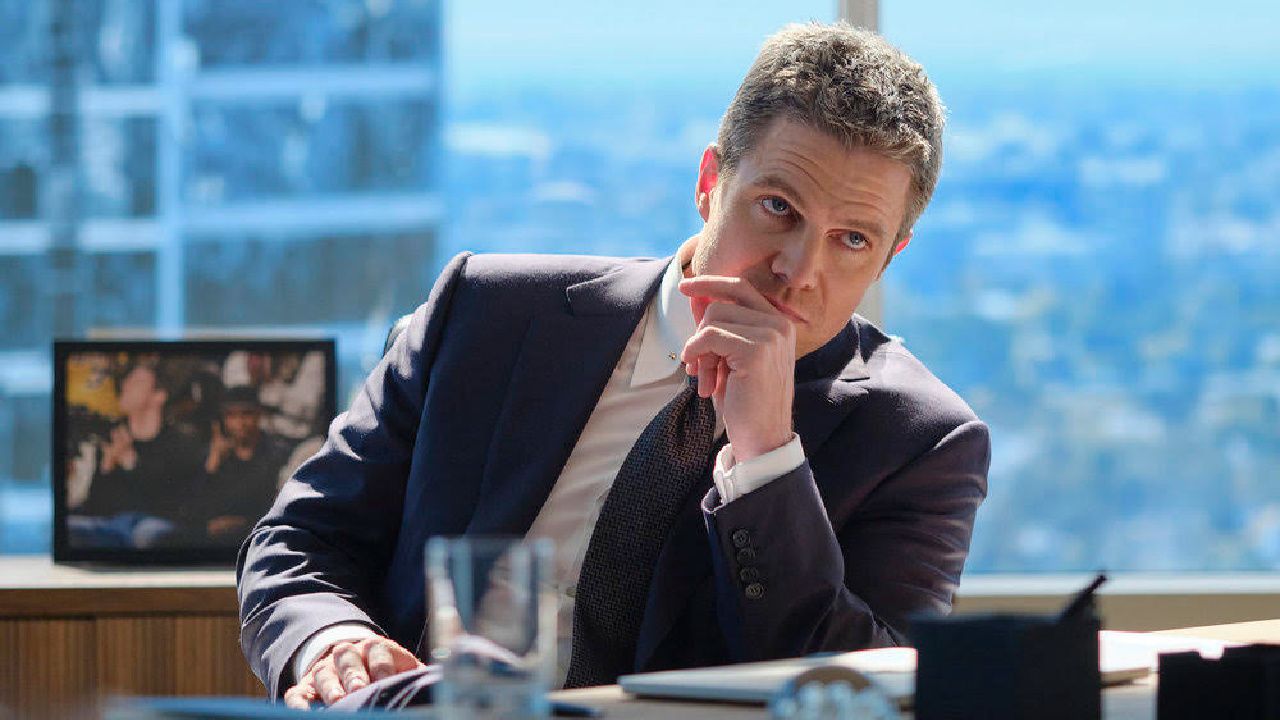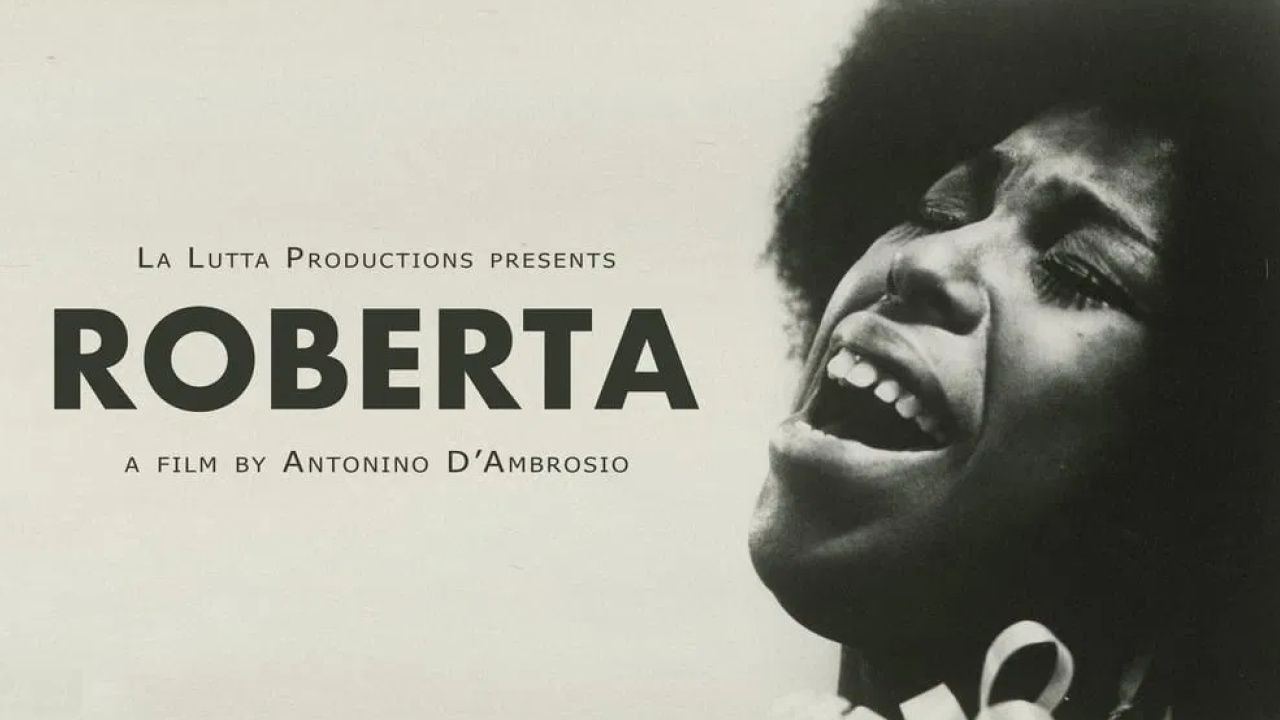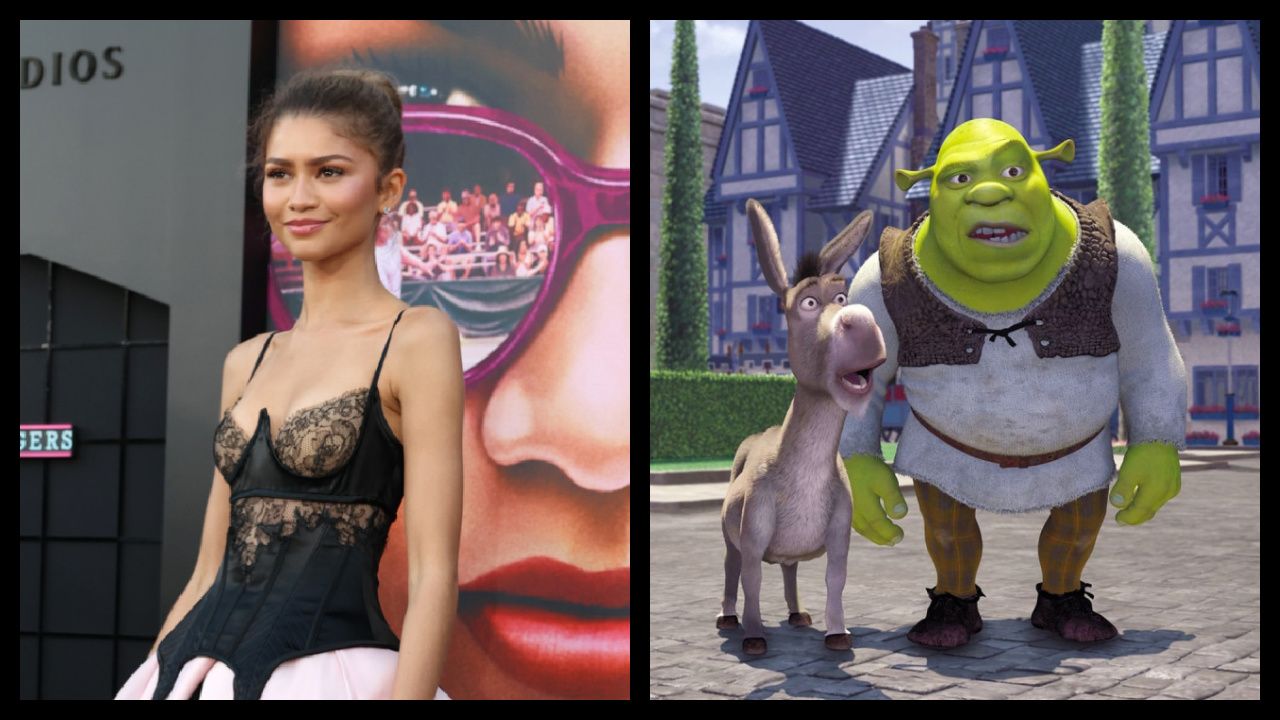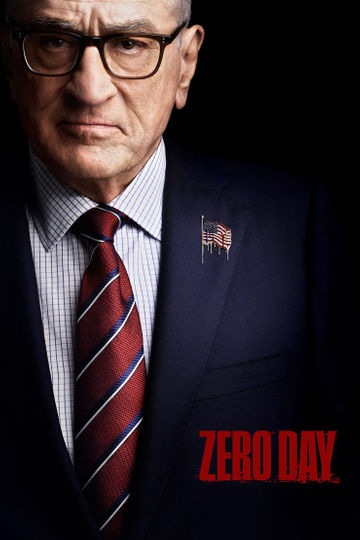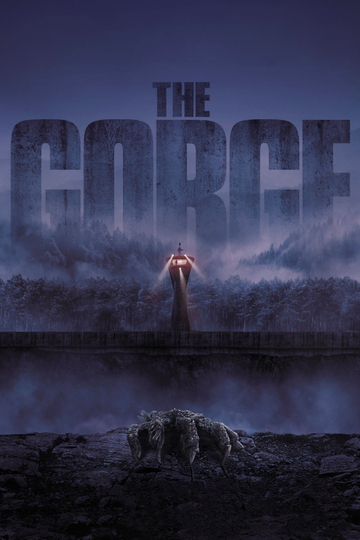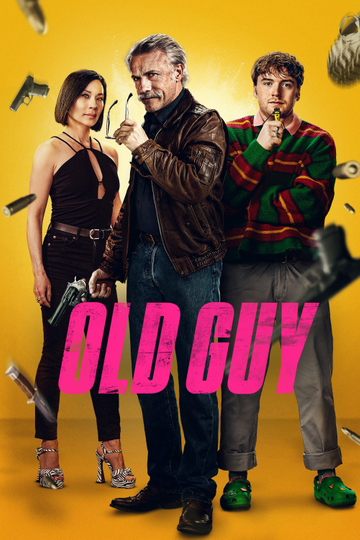The Secret to Making the Creatures in ‘Pokémon Detective Pikachu’ So Believable Was Treating Them Like Puppets
Chances are, you’ve already seen “Pokémon Detective Pikachu,” the absolutely wonderful new film based on the beloved franchise (and, by our estimation, the greatest videogame adaptation ever). By extension, you’ve probably been charmed by the array of imaginary creatures that populate the film, living side-by-side with humans in a kind of futuristic utopian city. You’ve probably also asked yourself, how do they look so good? (I asked myself the same question.) Well, we got a chance to talk to Erik Nordby, the visual effects supervisor for “Pokémon Detective Pikachu.” (He works for Moving Picture Company, or MPC, one of the most impressive visual effects houses in the world – just this year they’ve worked on “Dumbo,” “Dark Phoenix,” “Shazam!,” and “Godzilla: King of the Monsters,” on top of pretty much everything in “The Lion King.”) And Nordby explained just how they brought Pikachu and the rest of the Pokémon gang to life.
One of the biggest compliments that you can give “Pokémon Detective Pikachu” is that it often has the feeling of a fantasy movie from the 1980s that Jim Henson’s Creature Shop provided characters for. And, somewhat unsurprisingly, Nordby said they looked at “The Dark Crystal” and “Labyrinth” for inspiration, as well as “Where the Wild Things Are” (a more recent film that the Creature Shop worked on). But that wasn’t where the puppet appreciation ended.
There was a full-sized Pikachu puppet on set for the actors to interact with and to help establish eyelines as well as how the character would reflect on objects in the real world. The puppet was so detailed, in fact, that the visual effects team said that they considered just letting the puppet stay in the shot for one where the camera was fairly far away (ultimately the idea was scrapped because at that point in production the puppet had gotten pretty raggedy).
But when it came to animating the characters, they still looked to the puppet world. They actually hired puppeteers to advise them on the process and, after hyper-realistic models were “broken” by the animators, gave each character “20% more stiffness” than a character would normally have. By limiting the character’s movements and taking having virtually no “squash and stretch” (the animation practice of giving the characters’ elasticity and, by extension, more life), the characters became more believable and were able to fit into the stylized movie universe more seamlessly. Nordby stressed that they still tried to make them move as realistically as possible, and that these self-imposed limitations actually helped achieve that.
Another interesting anecdote about trying to make them look and move as realistically as possible was that there was a lot of back-and-forth between the effects team and the Japanese Pokémon group that controls the characters. Apparently anytime the fur started to look too real they would respond that it didn’t look real, it looked dirty. This baffled the MPC team (these are the animators that made “The Jungle Book” after all), but the note kept coming back – anytime the characters look too sophisticated, the Japanese team felt they looked “dirty.” So a happy medium between true-to-life and from-the-videogame had to be struck.
And before I ended my chat with Nordby, I had to ask about the backlash to the “Sonic the Hedgehog” trailer (MPC is one of several effects houses contributing to the film, too). He said that he felt really bad for the animators working on the film and that most likely it was a matter of not having enough time. Nordby and his team had more than a year to prep for “Pokémon Detective Pikachu,” but that was also by accident and also was necessary given the complex back-and-forth with the parent company. In other words: the production moved just as quickly as the little blue hedgehog.
